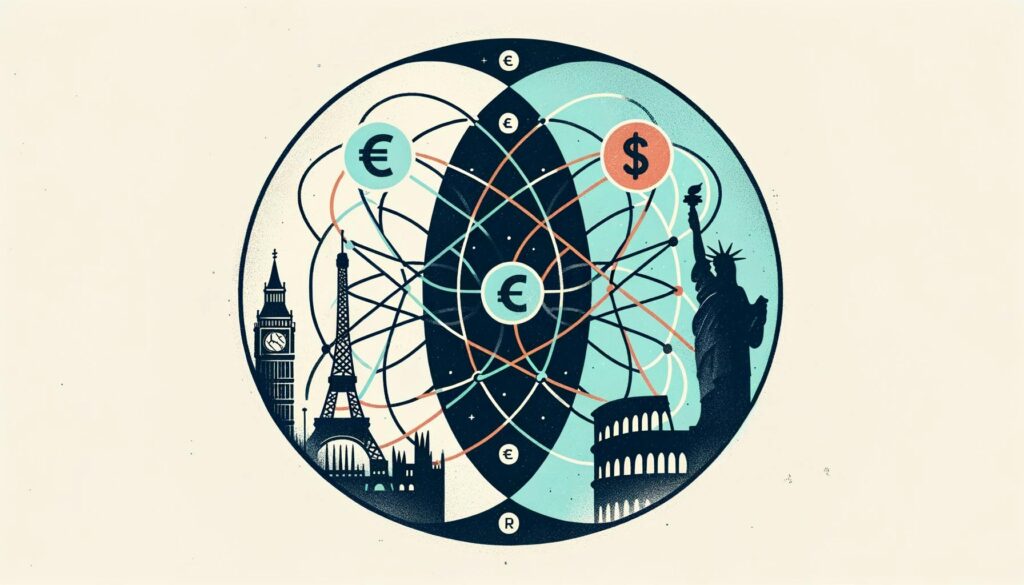What is going on here?
There was a mixed reaction in euro zone bond yields as U.S. Treasuries sold off on strong U.S. economic data.
What does this mean?
The latest move comes after eurozone government bond yields rose for a fourth day after strong U.S. jobs data led to a sell-off in U.S. bonds. The yield on the 10-year U.S. Treasury rose 1.5 basis points, topping the 4% mark for the first time in two months, showing market hesitation about aggressive rate cuts. German Bund yields are unlikely to rise significantly above 2.25%, suggesting a “buy on the buy” opportunity with a target yield of 1.85% by early 2025, according to interest rate strategists at Citi. . Currently, the German 10-year bond yield, which serves as the benchmark for the euro area, has gradually risen to 2.25%, while the 2-year bond yield has stabilized, reflecting the European Central Bank’s interest rate outlook. Global tensions and the lackluster response to Beijing’s economic efforts have added to stock market jitters and led to a preference for safe-haven bonds.
Why should we care?
In the market: When bonds bubble with uncertainty.
Bond markets are reflecting mixed signals on changing economic conditions as investors adjust their expectations around ECB policy and global uncertainty. Currently, the market recognizes that there is a 90% chance that the ECB will cut interest rates by 25 basis points in October this year, and further cuts are expected as inflation is expected to decline rapidly.
The big picture: European government bonds have held up well amid global ripples.
Eurozone bonds are affected by the strength of the US economy, alongside geopolitical tensions and fiscal uncertainty. Due to political instability in France, the yield spread on French and German government bonds is 77.50 basis points, while the yield on Italian government bonds has risen to 3.57%, and the spread with German government bonds has widened further. , regional fiscal disparities are highlighted.



